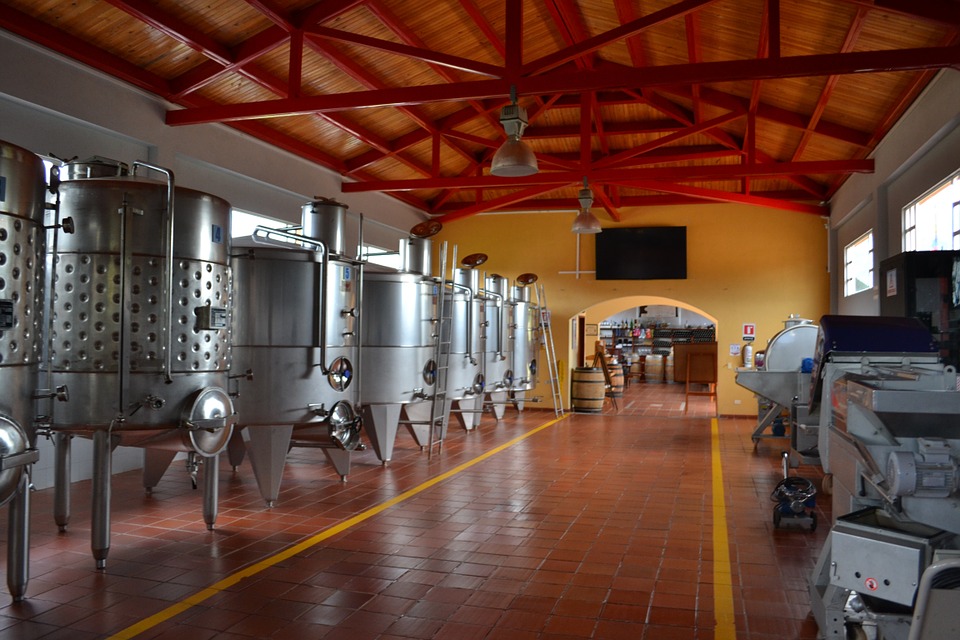If you are looking to improve the consistency of your beers from batch to batch and avoid the negative off flavours that can be created during fermentation, it might be time to look in to your pitching rates.
Pitching rate refers to the amount of yeast cells you are pitching into your beer (or if you have the equipment to check, the number of viable cells that you are pitching into your beer). While many brewers get away with not knowing their pitching rates, there are issues that can occur as a result of over pitching or under pitching. For over pitching, this can create issues with the health of the yeast down the line if you re-pitch your yeast and also lead to poor head retention and possible autolysis. For under pitching, which is possibly the more common issue for homebrewers, you can experience all kinds of off flavours as under pitching stresses the yeast. These off flavours can include diacetyl and acetaldehyde. Under pitching will also increase the lag time of your fermentation which can increase the risk of infection.
In the book ‘Yeast’ from Chris White and Jamil Zainasheff the authors point out that;
‘While knowing the exact count helps, consistency is more important. Once you have determined the quantity that works well for your beer, you want to use that same amount each time.’
Which may be a relief for a lot of brewers who do not have the equipment required to get an accurate count of their yeast cells (though if you are looking to get into the more scientific side of yeast, the book has a whole chapter on starting your own yeast lab and is an invaluable resource).
So what rate should you be pitching at? Well, a general rule of thumb is 1 million cells per millilitre of wort per degree plato. However, a study from George Fix found that 0.75 million cells/millilitre of wort/degree plato was an appropriate pitching rate for (most) ales and 1.5 million cells was a good pitching rate for lagers. This is a useful starting point but you should consider that this was based on commercial brewing practices where the brewer re-pitches their yeast. If you use fresh yeast for your batches you can halve these figures and still have a successful fermentation.
There are many reasons that pro brewers pitch at such high rates. They want fermentation to start as quickly as possible to limit the risk of infection, they need consistency in all their beers and, if they are re-pitching, their yeast may contain trub and yeast cells that are no longer viable so they need to compensate for that. Brewers who are very serious about their pitching rates will alter their rates for each beer they produce in order to get the beer exactly where they want it and to then ensure a consistent product each time. It’s worth noting too that some German and British ales are traditionally under pitched to encourage ester production and this technique is also popular with brewers of NEIPA’s as the fruity yeast esters can often compliment the hop selection.
Viability of your yeast is also an important consideration. Yeast viability will drop dramatically from month to month, from the date of manufacture. With some liquid yeasts, this viability can drop over 20% per month! This can lead to you pitching a significantly lower amount of viable cells than you think if you are not careful so always check the dates given on your vials or packets.
We have mentioned above the formula for calculating your required pitching rate but just to reiterate, this is;
(pitching rate(desired)) x (volume of wort in millilitres) x (degrees plato of the wort) = cells needed
And your pitching rate (desired) is your figure of 0.75 for ale and 1.5 for lager or whichever figure you decide to go with. This is a short summary but the key points to take away are;
- Under pitching and overpitching can create issues with your beer
- To ensure the healthiest possible fermentation you need yeast that is fresh and plenty of it
- Consistency is the most important thing – if you are happy with the way your beer turned out make sure you use the same quantity of yeast next time
- Use the calculation above when calculating your pitch rate, this accounts not just for the number of cells but also the size of your batch and the gravity – both of which have a key role to play in your fermentations.
As always, if you have any comments or questions let us know in the comments below or by emailing [email protected]
